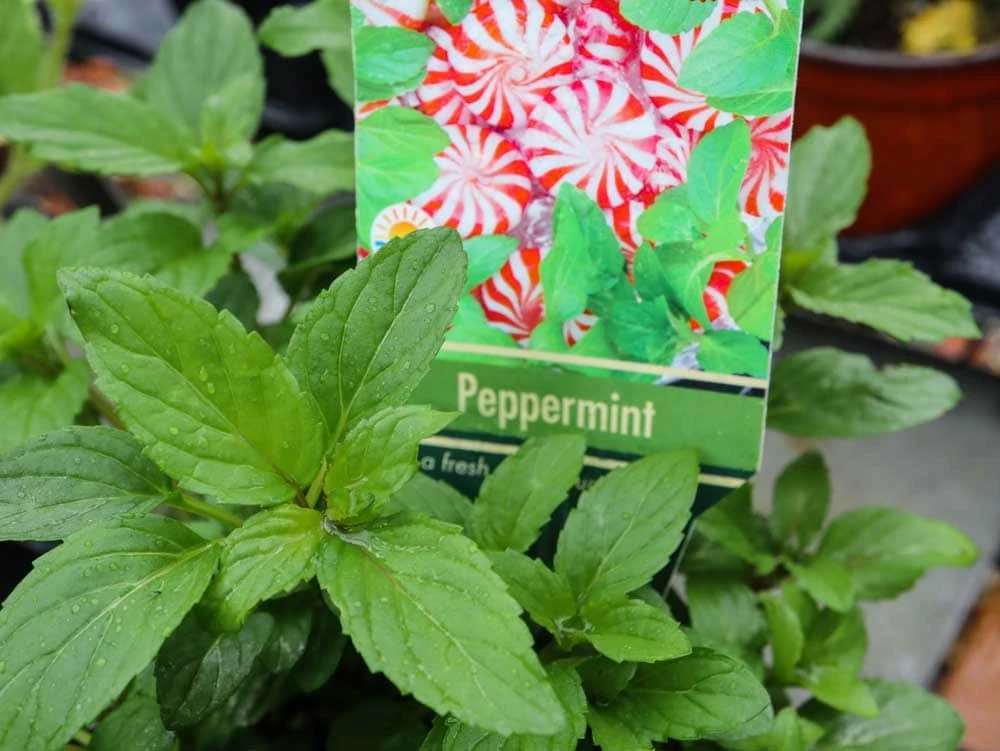by Amanda Rose Newton
Companion planting has been around for as long as farmers have been growing crops.

Despite the everlasting interest and longevity of companion planting in just about every region of the world, little research has demonstrated concrete backing of its viability as a garden-enhancing measure.
This hasn’t stopped many (myself included) from working off anecdotal evidence from generations of gardeners worldwide and pairing vegetables together in hopes of improved yields.
The basic premise behind companion planting is that certain plants just get along better with others. By following the rules and keeping plants in good company, this partnership can lead to reduced pest pressure, less likely fungal invasion, and even improved taste.
There is some science lurking in these ideas. By planting vegetables with similar pest susceptibility together you will be creating a feasting station.
By thoughtfully selecting plants that repel pests off other plants and planting them in conjunction with each other, you are naturally helping to alleviate issues before they start.
Companion planting covers more than just pest resistance, as taller plants can act as additional shade or natural support for climbing varieties. Ground covers are natural weed suppressors and legumes help replenish the needed soil nutrients throughout the growing season.
Companion Planting Examples
If you are interested in giving it a go, below are a few of the classic veggie and herb pairings that can be easily adapted to a garden bed or container.
Basil
With its aromatic qualities, basil can be both attractive and can repel many other plants and insects.

Gardeners have been using basil in tandem with tomatoes for years, which they swear leads to improved flavor. More reason to plant a pizza-themed garden!
For navigating how to get the most out of placement, use the table below. Be sure to plant with its friends, and keep away from its foes.
Beans
With their nitrogen-fixing capabilities, all legumes are loved in the garden.
There are a few plants that should be avoided sticking near your beans, including members of the bulb family. Their best buddies are marigolds and catnip, as those tend to deter flea beetles that love to feed on fresh bean pods.
Borage
The flowering herb is friendly with many other blooming vegetables, as it attracts native pollinators as well as parasitoid wasps who feed on pesky caterpillars. Strawberries and tomatoes planted with borage tend to have enhanced flavor quality as a result.
Sage
Just like basil, the aromatic qualities of sage can be quite polarizing. The scent repels most flies and moths but still attracts pollinators like bees.
It is useful to plant sage around cabbage and lettuce, which are often fair game for cabbage moths.
Mint

Due to its aromatic properties, mint repels most crawling insects like beetles and ants. Since it is such an aggressive spreader, probably best to have this one in its own pot planted near the garden, not in it.
Garlic
Garlic repels more than just vampires! This has been used for centuries to get rid of everything from fleas to bad first dates and still works well for aphids, flies, and beetles.
Planting near susceptible leafy greens, fruit, and potatoes proves helpful. Avoid strawberries, as these two have historically had their differences.
Nasturtiums
Pretty and tasty, these floral beauties lure caterpillars away from your broccoli and cabbage, as well as keep the flies off your beans.
If you haven’t jumped on the flowers in your salad bandwagon yet, consider this to be another invitation to hop on.
Sunflowers
Their height works to their advantage here, offering support for climbers and shade for ground-dwellers.
With Florida’s intense heat, sunflowers are welcome in just about any setting! The bright blooms are also attractive to an array of pollinating insects.
Suggested Companion Planting Pairings
See our companion planting PDF for a complete list of suggested companion plants for your Florida garden.
With fall vegetable planting season just around the corner, now is the time to be planning your edible garden.
While none of the above is 100% proven effective by science, experimentation is how discoveries (and fun) are made.
Who is getting along with whom in your garden? We would love to hear your gardening success stories! Please share with us through our Facebook page!


